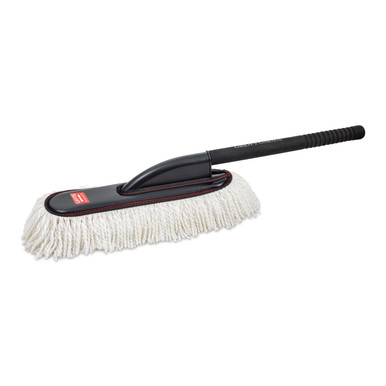ant.dotsigns
New Member
Hello everyone,
Total newb here with a newb question.
I work in a shop that uses an HP Latex 800w to print on 3M reflective sheeting for state/municipal traffic sign projects. We use a rollover table to apply 3M protective laminate to protect the sign against UV and graffiti when it is installed along the road.
We have been getting specks of dust above the reflective sheeting and under the laminate (not all of them, but many) and the air bubbles that the specks cause are visibly noticeable. Our state sign inspector saw the signs and said that they are passable but that if the problem gets worse he will have to fail the signs.
We have tried using a sticky roller and while that improves the amount of dust, it does not entirely fix the problem.
So, do any you out there have any tips/tricks that would help solve this problem? Any suggestions are welcome! Thanks in advance
Total newb here with a newb question.
I work in a shop that uses an HP Latex 800w to print on 3M reflective sheeting for state/municipal traffic sign projects. We use a rollover table to apply 3M protective laminate to protect the sign against UV and graffiti when it is installed along the road.
We have been getting specks of dust above the reflective sheeting and under the laminate (not all of them, but many) and the air bubbles that the specks cause are visibly noticeable. Our state sign inspector saw the signs and said that they are passable but that if the problem gets worse he will have to fail the signs.
We have tried using a sticky roller and while that improves the amount of dust, it does not entirely fix the problem.
So, do any you out there have any tips/tricks that would help solve this problem? Any suggestions are welcome! Thanks in advance


